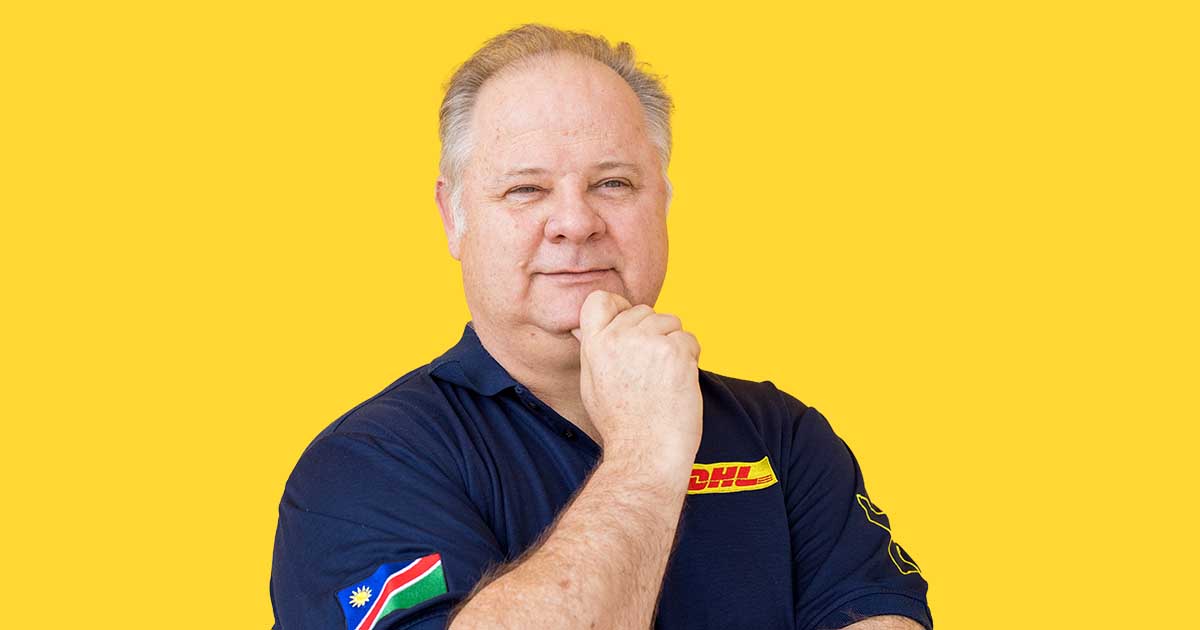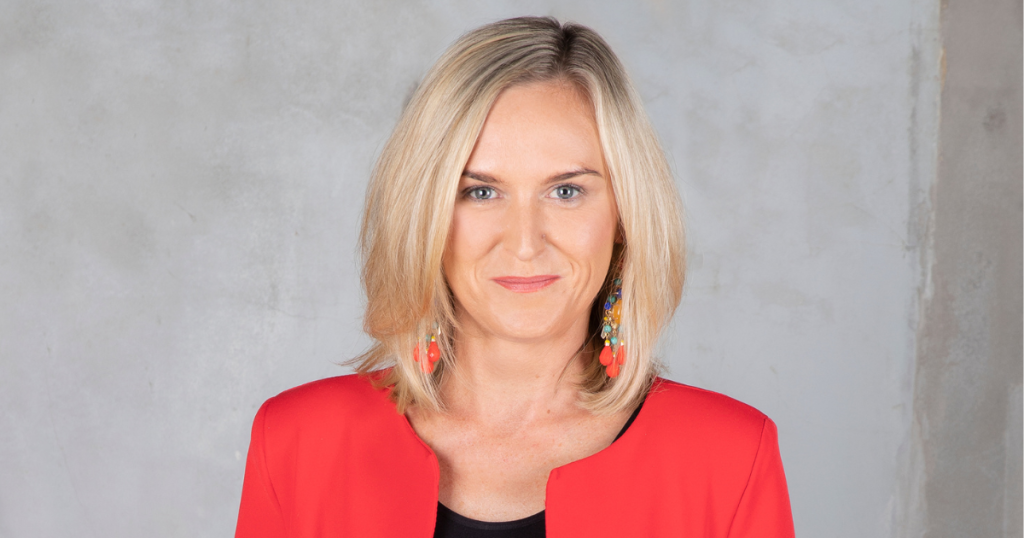As Country Manager of DHL Namibia (Pty) Ltd, Dirk S. van Doorn is leading a bold transformation in how logistics operates across Southern Africa, placing sustainability at the heart of operational excellence. From solar-powered hubs and net-positive energy contributions to pioneering partnerships with local electric vehicle innovators, DHL Namibia is redefining what green logistics can look like in emerging markets. In this exclusive interview, Dirk shares the strategies, successes, and scalable innovations driving DHL’s environmental leadership in the region alongside his vision for a future where technology, local partnerships, and circular thinking power a more resilient and sustainable supply chain.
Environmental Stewardship in Logistics: What key initiatives have you implemented at DHL Namibia to reduce the environmental impact of your logistics and transport operations?
At DHL Namibia, sustainability is embedded in our operations, in line with DHL Group’s global Mission 2050: Zero Emissions strategy. We have implemented several key initiatives to reduce our environmental impact across logistics and transport in Namibia.
Our fleet operations are being optimised through the use of fuel-efficient vehicles and route optimisation technologies, which minimise emissions and fuel consumption. We also collaborate with DHL entities in Southern Africa to implement shared transport solutions that reduce cross-border environmental impact.
We’ve introduced energy-efficient systems at our facilities, including LED lighting, ventilation and cooling upgrades, and the installation of solar panels. Internally, DHL Namibia has adopted paperless processes and digital customs clearance to reduce waste.
Through our GoGreen programme, underpinned by the use of SAF (Sustainable Aviation Fuel), we offer shipping services that allow customers to offset carbon emissions via certified global products. Packaging sustainability is also a priority, with a focus on recyclable and reusable materials.
Staff engagement is key, our teams participate in community environmental initiatives, including beach clean-up campaigns. (DHL Namibia was the pioneer of these in Africa, and the programme has now been rolled out across most African countries with a dedicated cost line where DHL operates.)
As a regional leader, DHL Namibia continues to work closely with DHL Southern Africa to align sustainability goals, share best practices, and drive progress toward a low-carbon logistics future.
Balancing Sustainability with Operational Excellence: How do you strike the right balance between achieving ambitious sustainability goals and maintaining cost-effective, timely delivery across Namibia and the wider region?
Sustainability and operational excellence are two themes that go hand in hand. At DHL Namibia, we are continuously exploring innovative ways to ensure our operations remain sustainable without compromising performance. This includes using solar power to run our main facilities, something Namibia is fortunate to support, with over 300 days of sunshine annually, and sourcing more fuel-efficient vehicles with advanced combustion engines.
The adoption of electric vehicles in our industry still has some way to go, but we’re actively contributing to its progress. DHL Namibia has been working with Mellowcabs and their MellowVans, collaborating directly with the manufacturer to refine and improve vehicle range to better suit our unique landscape.
https://www.mellowvans.com
This programme has now been extended into South Africa, Angola, and several other African countries. Through such partnerships and innovations, we’re finding practical, scalable ways to balance sustainability with the need for reliable, cost-effective delivery across the region.
Success Through Sustainable Innovation: Can you share a success story where DHL Namibia’s green logistics or sustainable transport initiatives led to measurable environmental or business outcomes?
We have seen immense success with our photovoltaic solution. Since the installation of solar panels at our facilities, DHL Namibia has become a net contributor to the grid, supplying more electricity back to the grid than we consume. This supports the resale of clean energy to other users and significantly reduces reliance on carbon-intensive power generation.
Our rollout of the GoGreen programme has also been a major success. When we launched the programme in 2023, uptake was limited, with fewer than 5% of our customers participating. Fast forward to May 2025, and the landscape has completely shifted, more than 85% of our customers in Namibia have now signed up.
For more information on DHL GoGreen, please visit:
https://group.dhl.com/en/sustainability.html
Strategic Partnerships for Green Goals: What role do partnerships with logistics and supply chain providers play in advancing your sustainability agenda, and what criteria guide your selection of partners?
Partnerships are key to the future success of environmental sustainability in the supply chain, DHL Namibia cannot achieve this alone. We establish partnerships with suppliers, vendors, landlords, and customers, and agree in advance on the contributions required from each party to build a sustainable, green supply chain.
This process doesn’t happen overnight; it is built on long-term relationships with clear expectations on both sides. We also work very closely with vehicle manufacturers to ensure they deliver products that are not only sustainable but also practical—without compromising DHL’s quality of service.
This includes MellowVans, a home-grown African solution headquartered in Stellenbosch, South Africa.
Future of Sustainable Logistics: Looking ahead, what emerging technologies or practices do you believe hold the most promise for accelerating the transition to sustainable logistics in Africa?
The future of sustainable logistics in Africa will be shaped by a combination of emerging technologies and region-specific innovations that address both environmental and infrastructural challenges.
Electric and alternative-fuel vehicles hold immense potential, particularly as African cities move toward cleaner urban transport. As charging infrastructure improves, the adoption of electric delivery vans and bikes will help reduce emissions and noise in last-mile logistics.
Solar-powered logistics hubs are also gaining traction. With Africa’s high solar yield, especially in countries like Namibia, decentralised renewable energy systems can power warehouses, reduce grid dependence, and lower operational costs. We now have entire towns and villages in Namibia running on solar, as well as several large multinationals producing enough electricity for their own consumption.
Smart route optimisation, powered by AI and real-time data, will minimise fuel use and delays, particularly important in regions with underdeveloped infrastructure. Similarly, Internet of Things (IoT)-enabled supply chains can improve visibility and streamline cross-border trade.
On the policy front, public-private partnerships and regional harmonisation of green standards will further accelerate innovation and adoption. This is gaining momentum, particularly with the introduction of new EU regulations that are coming into force.
DHL Namibia is actively exploring these technologies and working closely with partners across Southern Africa and globally to pilot scalable solutions. Africa’s transition to sustainable logistics will rely not just on imported technology, but on local innovation tailored to African realities.
Namibia, in particular, offers a unique environment for testing new technologies at relatively low cost. Not every innovation will succeed—but given the country’s small population, the impact of failure is limited, while successful solutions can be scaled quickly and contribute meaningfully to a more sustainable future.












